The National Museum of Colombo, Sri Lanka’s largest and most important museum, was established in 1877 to preserve the country’s rich history. It houses a vast collection of artifacts, manuscripts, and artworks that showcase Sri Lanka’s journey from ancient kingdoms to colonial rule. Highlights include the royal throne of the last Kandyan king and centuries-old palm-leaf manuscripts. The museum offers a deep look into the nation’s culture, traditional craftsmanship, and historical milestones. This guide covers essential details for visiting the National Museum of Colombo, including transportation, notable exhibits, and nearby attractions.
Location
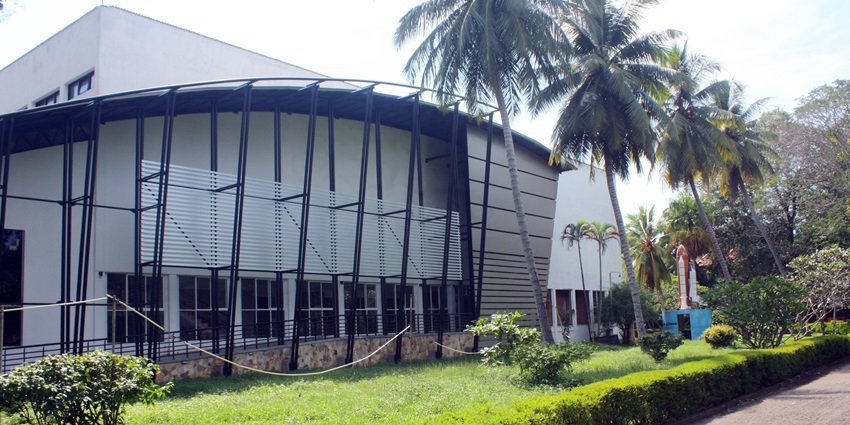
Photo: AntanO / Wikimedia Commons
The museum is located on Sir Marcus Fernando Mawatha in Colombo 7, a central area in Sri Lanka’s capital city. It is surrounded by embassies, parks, and government buildings, making it easy to access from various parts of the city. National Museum Colombo opening hours are from 9:00 AM to 5:00 PM daily, except on Sri Lankan public holidays.
About National Museum Colombo
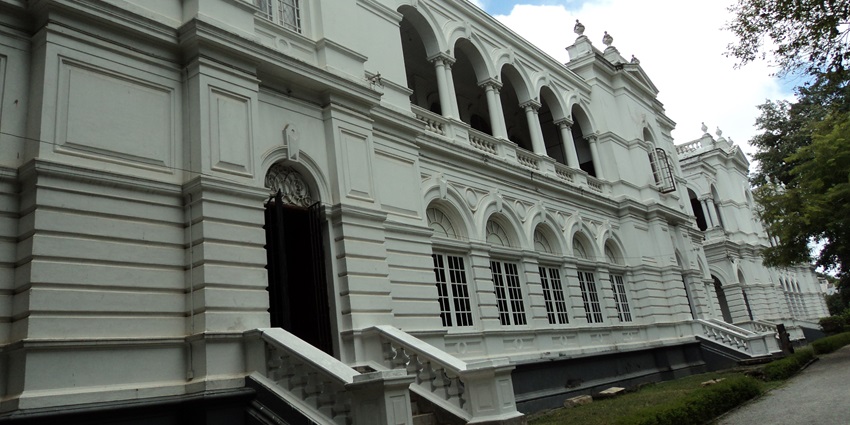
Photo: Hasindu2008 / Wikimedia Commons
The National Museum of Colombo was founded by Sir William Henry Gregory, the British Governor of Ceylon, in 1877. The building, designed in an Italian-style architectural structure, houses a collection that spans centuries. The museum’s exhibits include royal regalia, ancient sculptures, traditional masks, coins, weaponry, and paintings that depict the history of Sri Lanka’s rulers and cultural evolution. Over the years, it has expanded to include multiple galleries that showcase the country’s rich heritage.
How To Reach
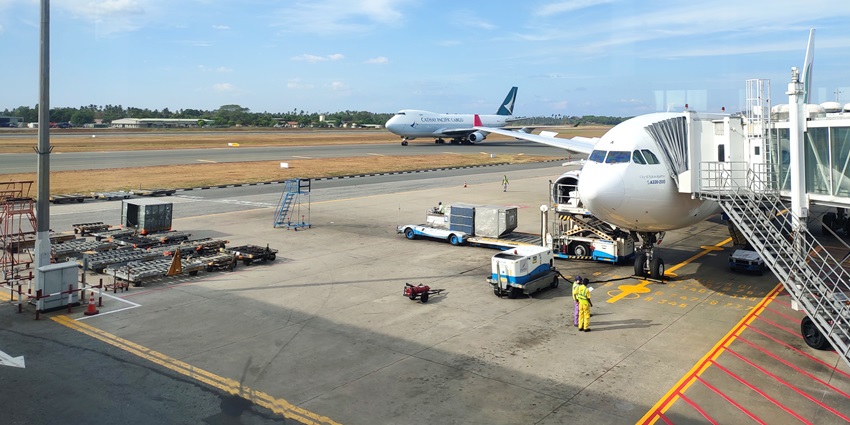
Photo: ANKAN / Wikimedia Commons
By Air: Bandaranaike International Airport (CMB) is the nearest airport, about 35 km from the museum. Taxis and airport shuttle services are available to reach Colombo.
By Train: The Colombo Fort Railway Station, about 3 km from the museum, connects the city to other parts of Sri Lanka. Tuk-tuks and taxis are available from the station.
By Bus: Several buses pass through the area, including those running from Colombo Fort and Pettah bus stations. The nearest bus stop is a short walk from the museum entrance.
Places To Visit Around National Museum Colombo
Here is a list of the noteworthy places to visit around the National Museum Colombo:
1. Independence Square
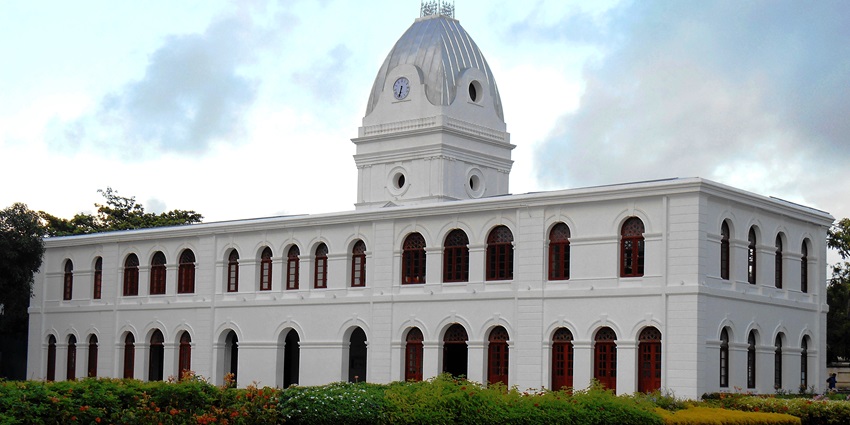
Photo: Anuradha Dullewe Wijeyeratne / Wikimedia Commons
Independence Square is a significant landmark commemorating Sri Lanka’s independence from British rule in 1948. The square features the Independence Memorial Hall, an impressive structure reflecting traditional architecture, serving as a venue for national events. The surrounding area offers well-maintained gardens and walking paths, providing a peaceful environment for visitors. It’s a place to reflect on the nation’s history and enjoy leisurely strolls amidst Colombo’s urban landscape.
Location: Colombo, Sri Lanka
Entry Fee: Free
2. Viharamahadevi Park

Photo: A.Savin / Wikimedia Commons
Viharamahadevi Park, formerly known as Victoria Park, is Colombo’s oldest and largest park. It offers expansive green lawns, flowering trees, and a central lake, making it a popular spot for picnics and relaxation. The park also features a children’s play area and several statues, including a prominent Buddha statue. Its central location makes it easily accessible for locals and tourists seeking a respite from the city’s hustle.
Location: Colombo, Sri Lanka
Timings: 6 AM – 6 PM
Entry Fee: Free
3. Kelaniya Raja Maha Vihara
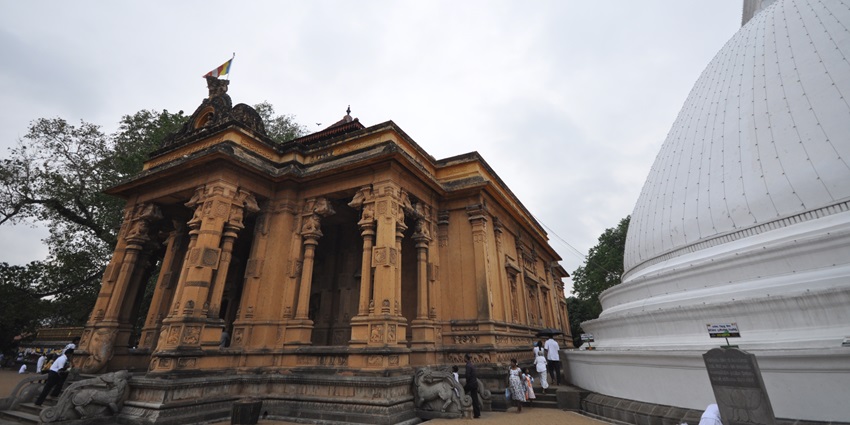
Photo: Jorge Láscar / Wikimedia Commons
Kelaniya Raja Maha Vihara is a renowned Buddhist temple believed to be visited by the Buddha during his third visit to Sri Lanka. The temple is adorned with intricate carvings and various frescoes depicting Buddhist lore. It’s a significant pilgrimage site, especially during the annual Duruthu Perahera festival, which features elaborate processions. Visitors can experience the spiritual ambience and admire the temple’s artistic heritage.
Location: Kelaniya, Sri Lanka
Timings: 24*7
Entry Fee: Free
4. Jami Ul-Alfar Mosque, Red Mosque
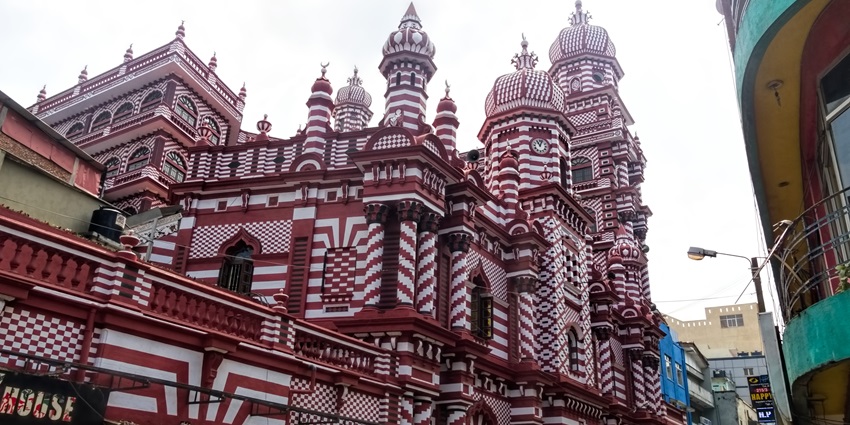
Photo: Dan Lundberg / Wikimedia Commons
The Red Mosque, Jami Ul-Alfar Mosque,is a classic building in the Pettah district of Colombo. Its unique red and white striped facade earns it a mark of distinction as a landmark building. The mosque is a venue for worship among the local Muslims and is equally appreciated for its unusual architecture. People are welcome to view it from the outside and, if allowed, have a glimpse inside, being careful not to defy religious traditions.
Location: Colombo, Sri Lanka
Entry Fee: Free
5. Dehiwala Zoological Garden
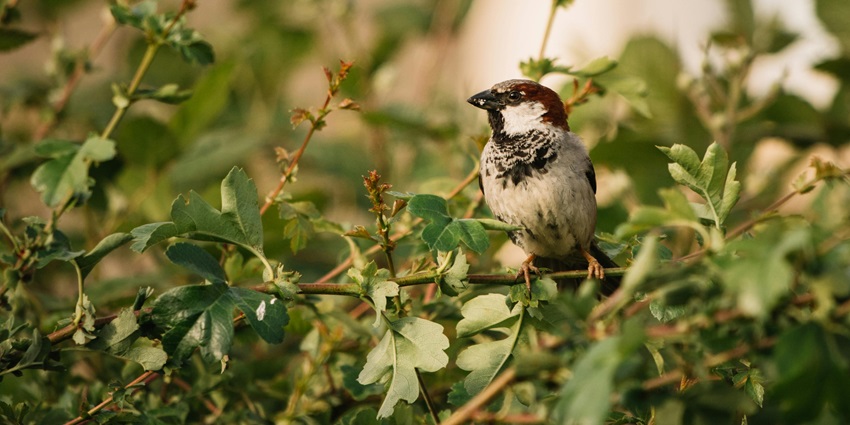
Photo: Ellie Burgin / Pexels / Image For Representation Only
Dehiwala Zoological Garden, also known as Colombo Zoo, is home to a diverse collection of animal species from around the world. The zoo emphasises conservation, education, and animal welfare. Visitors can enjoy daily animal shows, including elephant performances and sea lion displays. The lush landscape and variety of fauna make it an engaging destination for families and animal enthusiasts.
Location: Dehiwala, Sri Lanka
Timings: 8:30 AM – 6 PM
Must-Have Experiences At The National Museum Colombo

Photo: David Stanley / Wikimedia Commons
Photograph The Museum’s Exterior: The white colonial-style building is a well-known landmark.
Explore The Natural History Museum: Located on the same premises, it features exhibits on Sri Lanka’s wildlife and fossils.
Attend A Cultural Event: Occasionally, the museum hosts special exhibitions and lectures.
Walk Around The Museum Gardens: The museum compound includes gardens with large trees and benches for visitors to rest.
Explore The Museum Galleries: Walk through various sections displaying artifacts from different periods of Sri Lankan history.
Learn About Ancient Kingdoms: The exhibits include items from the Anuradhapura and Polonnaruwa eras, featuring intricate stone carvings and metalwork.
Visit The Library: Researchers and history enthusiasts can explore the museum’s extensive library, which houses rare manuscripts and historical records.
Where To Stay
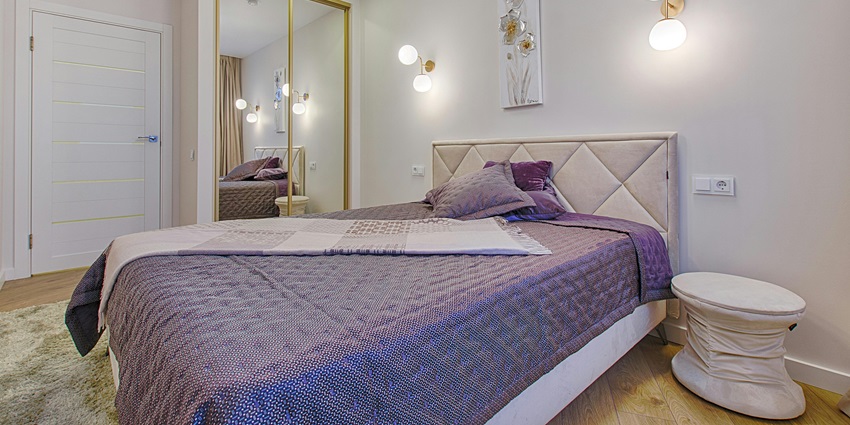
Photo: Vecislavas Popa / Pexels / Image For Representation Only
Colombo has a range of accommodations to suit different budgets. Cinnamon Grand Colombo and The Kingsbury offer luxury stays with modern amenities. Mid-range options include Mandarina Colombo and Renuka City Hotel, which provide comfort at a reasonable price. Budget travellers can find affordable guesthouses and hostels in areas like Bambalapitiya and Kollupitiya.
Where To Eat
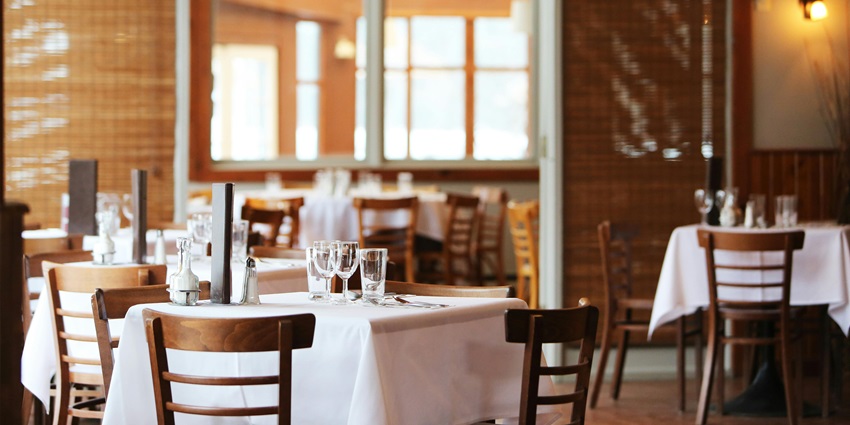
Photo: Life Of Pix / Pexels / Image For Representation Only
Colombo’s food scene includes a mix of local and international options. Traditional Sri Lankan dishes like rice and curry can be found at Upali’s by Nawaloka and Nuga Gama. Seafood lovers can try The Ministry of Crab for fresh crab dishes. Those looking for street food can visit Galle Face Green for kottu roti and isso wade. For café-style dining, Barefoot Café and The English Cake Company serve coffee, pastries, and snacks.
Best Time To Visit
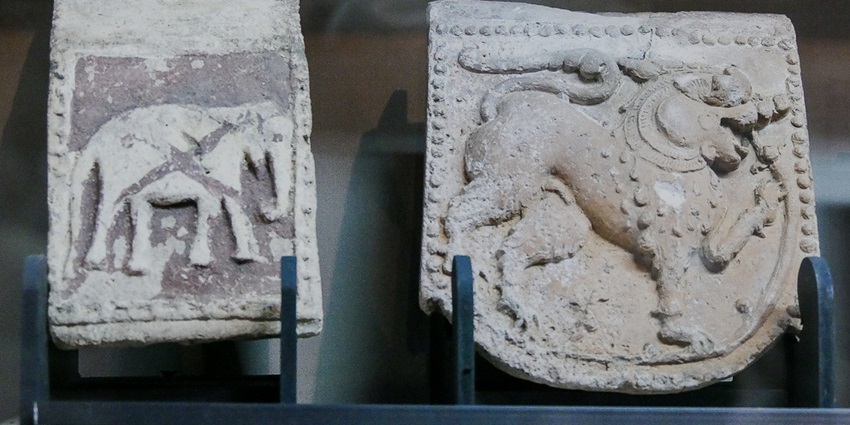
Photo: VinPrasad / Wikimedia Commons
Colombo has a tropical climate with warm temperatures throughout the year. The best time to visit the museum is from December to April, as there is less rain. The museum is open year-round, but visiting on weekdays helps avoid weekend crowds.
Other Factors To Consider
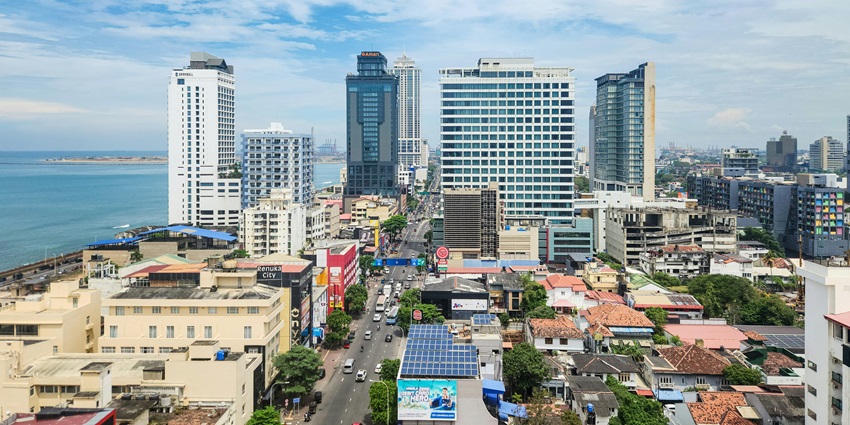
Photo: Zoshua Colah / Unsplash
Average Cost Of The Trip
When planning a trip to Sri Lanka, a budget of around ₹2,500–₹5,000 per day is enough to cover decent accommodation, meals, and local transport. Guesthouses and three-star hotels provide quality stays within this budget, while dining at local restaurants or cafes typically costs between ₹125–₹500 per meal. National Museum Colombo ticket price is approximately ₹375 for foreign visitors, with reduced rates for locals. For a more immersive cultural experience, hiring a guide costs around ₹750–₹1,250 for a half-day tour.
Tips For Travellers
- Arriving in the morning helps avoid peak-hour traffic and crowds.
- Some ticket counters and small vendors do not accept cards and you can also pay the National Museum Colombo ticket price in cash.
- Light clothing is recommended due to Colombo’s warm weather.
- Some exhibits do not allow flash photography.
- Combine your museum visit with a trip to nearby sites like Gangaramaya Temple or Independence Square.
The National Museum of Colombo, offers a comprehensive exploration of Sri Lanka’s history through its extensive collection of artefacts and exhibits. The museum’s central location on Sir Marcus Fernando Mawatha makes it a convenient addition to any city tour. To ensure a seamless experience, consider planning your visit with TripXL, which provides hassle-free arrangements and exclusive deals to enrich your journey.
Cover Photo: A.Savin / Wikimedia Commons


 WhatsApp
WhatsApp
 Twitter
Twitter









